
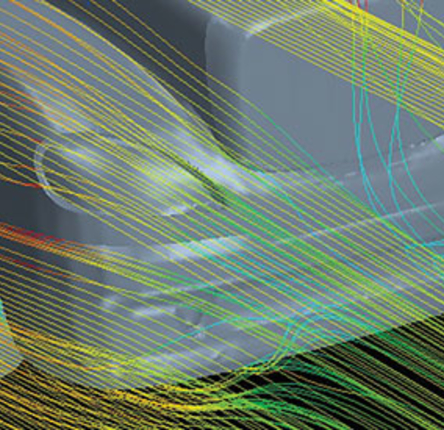
Atmospheric Turbulence
Lawrence Livermore National Laboratory has undertaken many studies to both measure and model turbulent wind flow in the boundary layer.

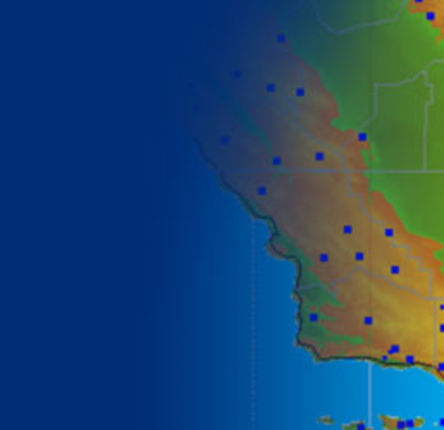
windSENSE Data Mining
Recent work by Lawrence Livermore National Laboratory will help alert control room operators of wind conditions and energy forecasts so they can make well-informed scheduling decisions.

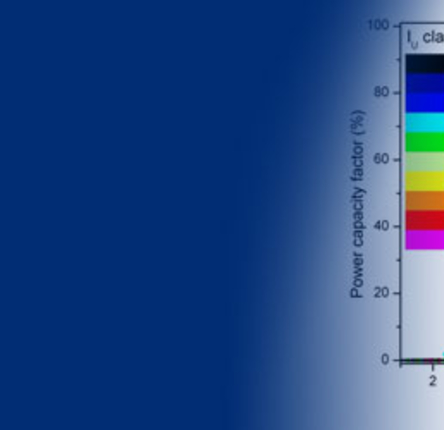
Statistical Power Modeling
Wind power forecasting involves converting atmospheric forecasts into a forecast of power output from an individual turbine or many turbines in a wind farm.

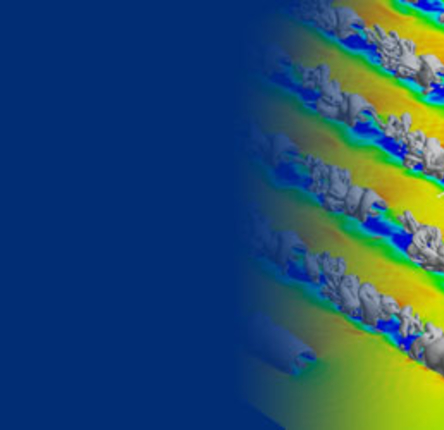
Wind Farm Modeling
LLNL is developing simulation capabilities to model entire wind farms, including turbine arrays with control inputs, turbine wake effects, terrain, and realistic atmospheric inflow.
Our Mission
Lawrence Livermore National Laboratory (LLNL) is a DOE National Security Laboratory established in 1952 in Livermore, CA. We have a strong focus on energy science and security, including wind power and other renewable and sustainable energy technologies. LLNL employs 6300 staff, including 2700 scientists and engineers of whom 40% hold Ph.Ds. LLNL is located on a 840 ac. main site with 497 user facilities, and a 7000 ac. rural site in the hills of the Altamont Pass wind resource.
- LLNL is improving our ability to understand and predict winds across multiple scales, from the global scale drivers of climate and weather down to the turbine scale.
- Our current focus is on development of validated predictive tools that span the intermediate scales between the traditional domains of weather prediction and turbine aerodynamics.
- Key activities include development of enhanced simulation tools built upon WRF, field experiments for Verification and Validation, and statistical techniques to improve forecasting, resource assessment, and turbine and wind plant operations
LLNL has been active in wind power R&D for over 20 years, emphasizing the Lab’s deep experience and talent in atmospheric sciences, weather forecasting, field observations, V&V, numerical simulation and high performance computing. We work closely with partners in the wind industry to deliver custom solutions based on our advanced methods, and with the DOE wind program as a key contributor for achieving national goals of enhancing wind power technology and adoption. LLNL actively partners with the wind industry, academia and government agencies to provide valuable service.
Articles
- Predicting Wind Power with Greater Accuracy (2014)
- Scaling Up Energy Innovation Through Advanced Computing (2013)
- 2020 Vision for California’s Electric Grid (2007)
- Simulating the Next Generation of Energy Technologies (2011)
- Extracting More Power from the Wind (2010)
- Wind and the Grid (2009)
- Energy Goes with the Flow (2009)
- On the Leading Edge of Atmospheric Predictions (2007)
LLNL has many institutional capabilities and programs that support the wind program:
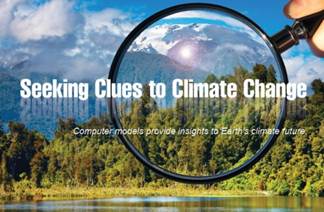
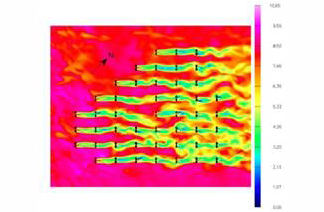
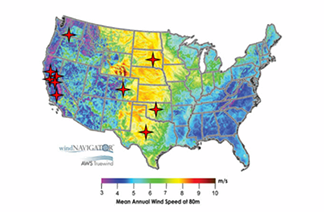
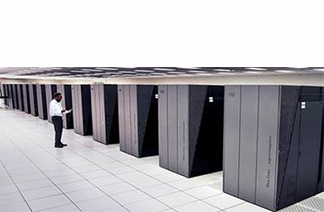
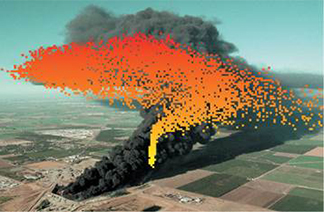
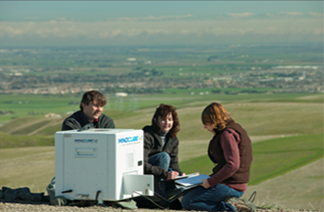
A strong theme in our wind power R&D is Weather to Wind Power. We are developing capabilities to understand the challenging but important intermediate scales between weather events that drive the wind (~1000 km) down to the aerodynamic inflow at the turbine (~1m). This huge intermediate scale covers such critical factors as complex terrain, diurnal wind patterns, turbine wake arrays and entire wind farm optimization.
- LLNL is improving our ability to understand and predict winds across multiple scales, from the global scale drivers of climate and weather down to the turbine scale.
- Our current focus is on development of validated predictive tools that span the intermediate scales between the traditional domains of weather prediction and turbine aerodynamics.
- Key activities include development of enhanced simulation tools built upon WRF, field experiments for Verification and Validation, and statistical techniques to improve forecasting, resource assessment, and turbine and wind plant operations
- Research areas include: Atmospheric Science, Ensemble Forecasting, Field Observations, Grid Integration, Multi-Scale Wind Modeling, Power Curve Analysis, Vertification and Validation.




